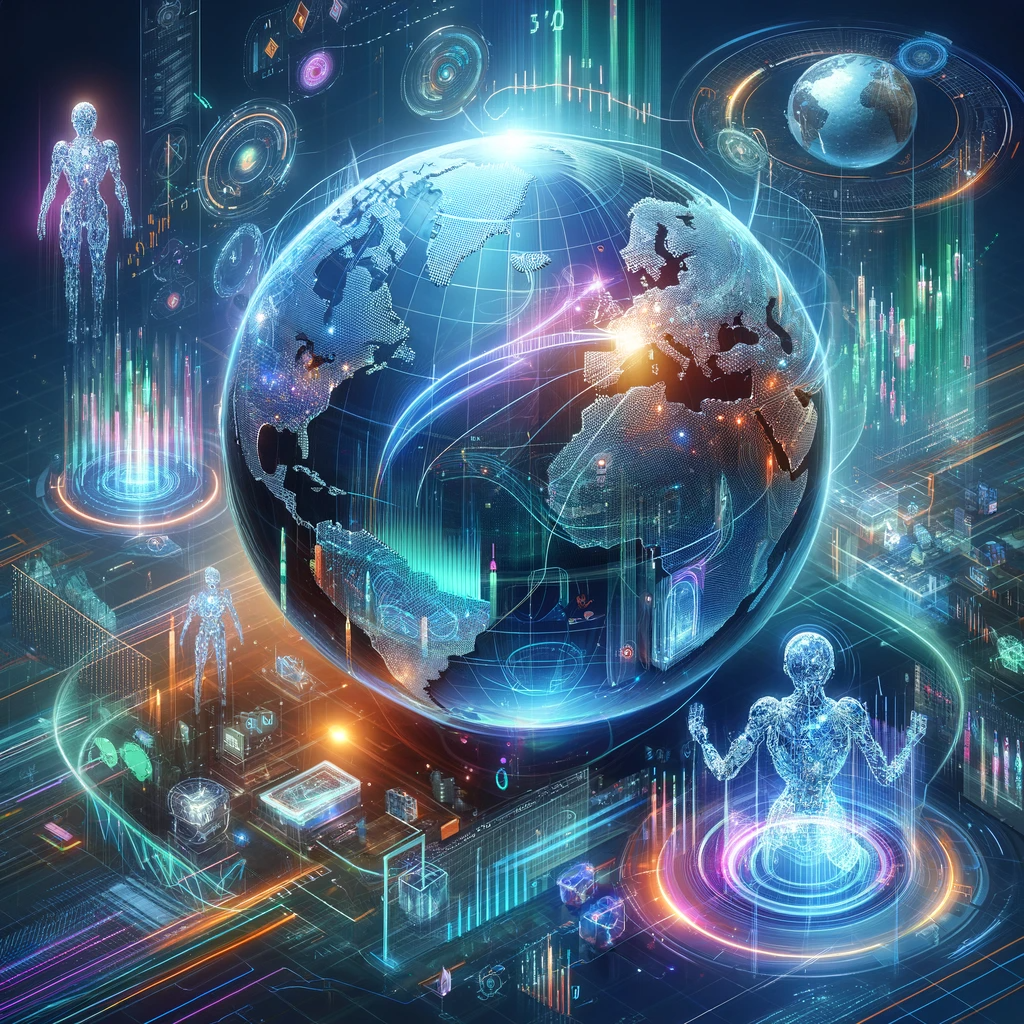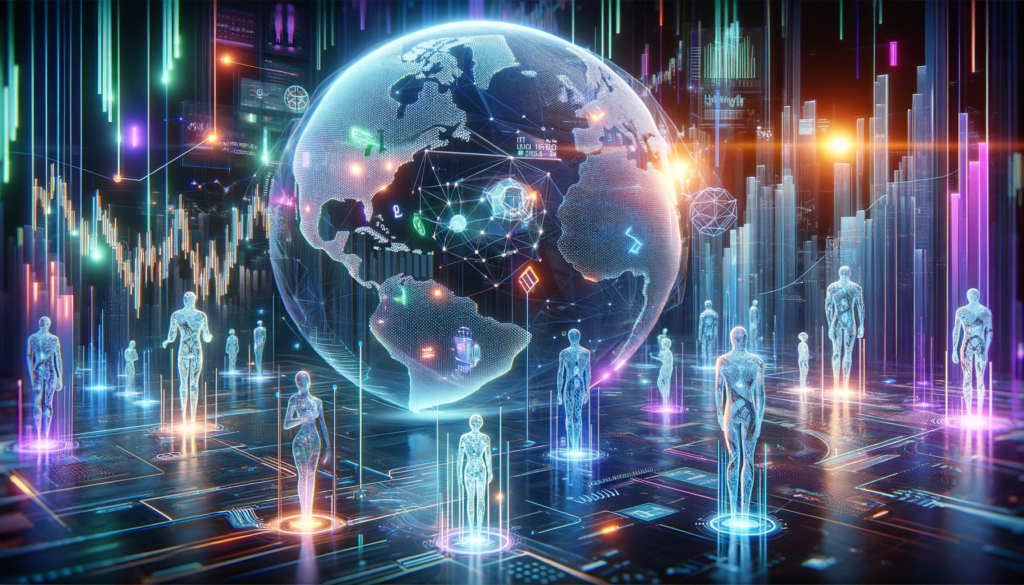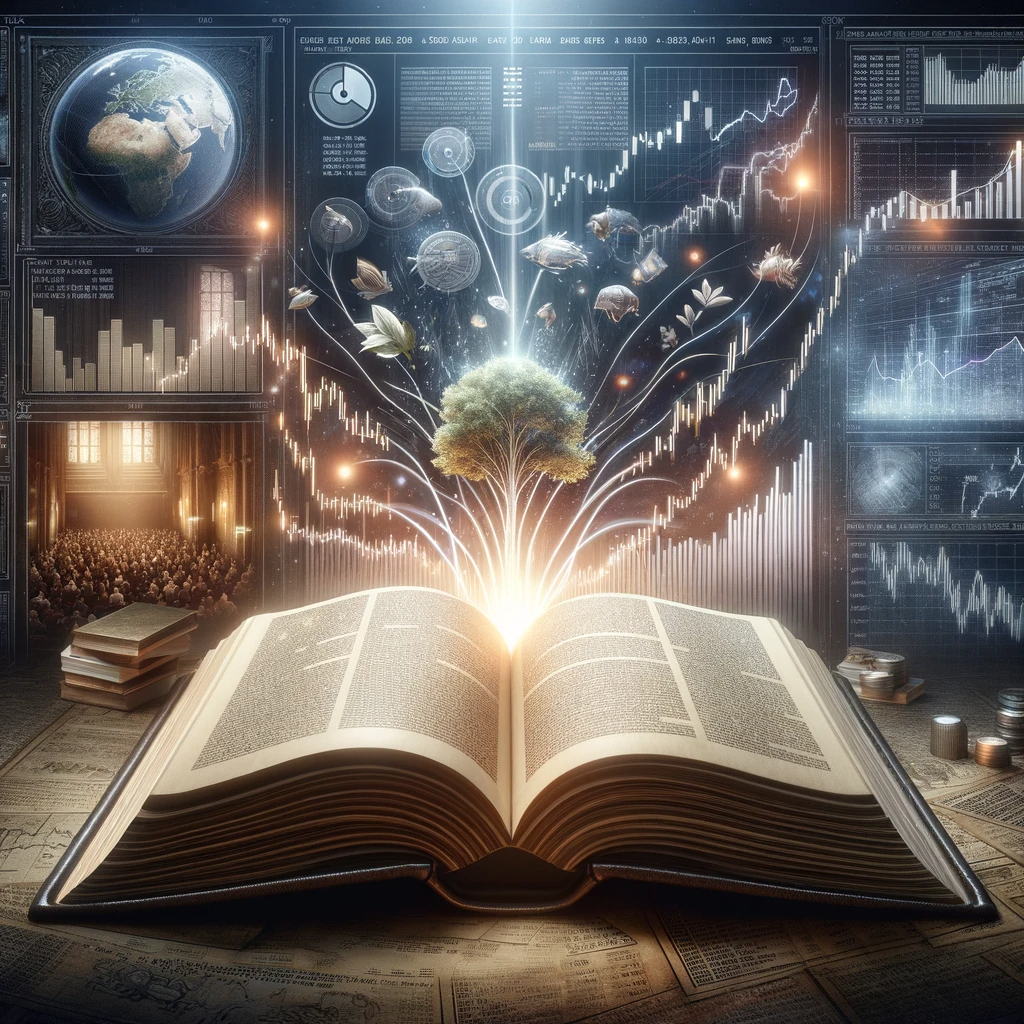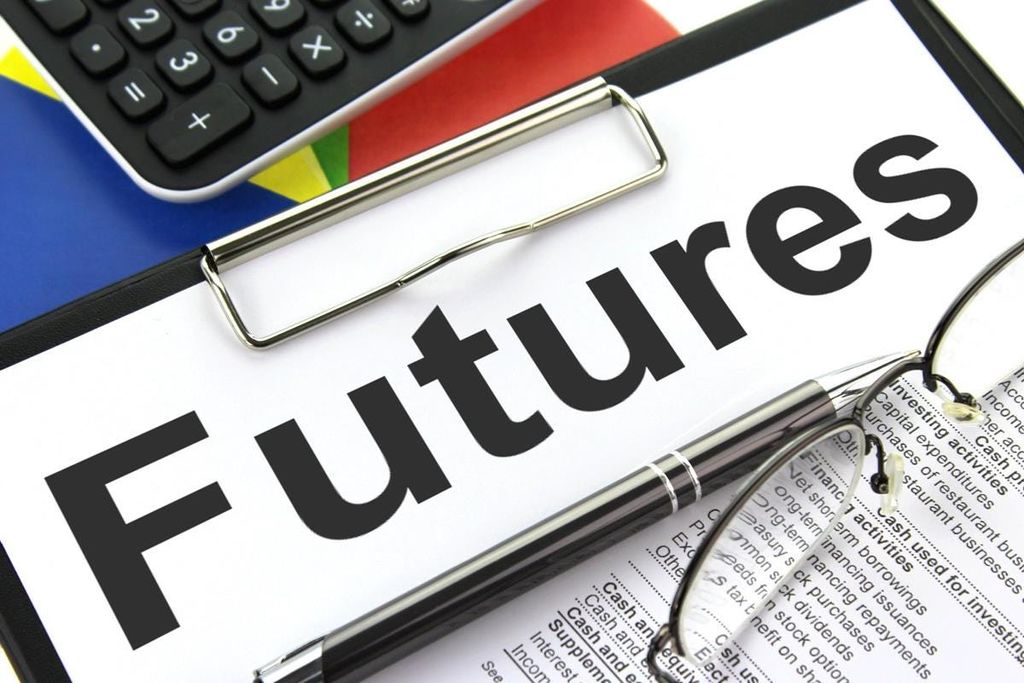AI Trading Algorithms Explained: How Computers Are Outsmarting Wall Street

Intro
In the fast-paced world of financial markets, speed and accuracy can make all the difference between success and failure. This is where AI trading algorithms and ai trading bots come into play. These sophisticated computer programs have revolutionized the way trading is done on Wall Street and beyond. With their ability to analyze massive amounts of data and make split-second decisions, they have become the go-to tool for traders looking for an edge. In this blog post, we will dive into the world of AI trading algorithms, exploring what they are, how they work, and why they have become an essential part of modern-day trading strategies.
What are AI Trading Algorithms?
AI trading algorithms, also known as forex robots or automated forex trading systems, are computer programs that use artificial intelligence and machine learning techniques to analyze financial market data and make trading decisions. These algorithms are designed to mimic the decision-making process of human traders, but with the added advantage of speed and accuracy.
At their core, AI trading algorithms are built on complex mathematical models and algorithms that are capable of processing vast amounts of data in real-time. They use historical market data, current market conditions, and other relevant factors to identify patterns and trends that could indicate potential trading opportunities. By constantly analyzing and monitoring market data, these algorithms can make split-second decisions on when to buy or sell assets.
One of the key advantages of AI trading algorithms is their ability to eliminate emotional bias from the trading process. Unlike human traders, algorithms are not influenced by fear, greed, or other emotions that can cloud judgment and lead to irrational trading decisions. Instead, they rely solely on data-driven analysis to execute trades, resulting in more consistent and disciplined trading strategies.
Another benefit of using AI trading algorithms is their ability to process and analyze a vast amount of information in a short period of time. Human traders can only process a limited amount of data, but algorithms can analyze multiple data sources simultaneously and make decisions based on real-time information. This allows for faster and more accurate trading decisions, which can be crucial in fast-moving markets where every second counts.
In addition to their speed and accuracy, AI trading algorithms can also help traders discover new trading opportunities and strategies. By analyzing large datasets and identifying patterns that are not readily apparent to human traders, these algorithms can uncover unique trading signals and generate trading ideas that may not have been considered before.
Overall, AI trading algorithms have become an essential tool for traders looking to gain a competitive edge in the financial markets. With their ability to process large amounts of data, make quick and accurate decisions, and eliminate emotional bias, these algorithms have transformed the way trading is done. In the next section, we will explore how AI trading algorithms actually work. Stay tuned!
How AI Trading Algorithms Work

AI trading algorithms, also known as forex robots or automated forex trading systems, have become a game-changer in the financial markets. But how exactly do they work? Let’s delve into the fascinating world of AI trading algorithms.
At the core of AI trading algorithms are complex mathematical models and algorithms that are capable of processing vast amounts of data in real-time. These algorithms analyze historical market data, current market conditions, and other relevant factors to identify patterns and trends that could indicate potential trading opportunities. By constantly monitoring market data, they can make split-second decisions on when to buy or sell assets.
But how do these algorithms make these decisions? It all comes down to the power of artificial intelligence and machine learning. These algorithms learn from past data to recognize patterns and develop trading strategies. They continuously refine and adapt their strategies based on market conditions, ensuring that they stay up to date with changing trends.
In addition to analyzing market data, AI trading algorithms also take into account various technical indicators and economic news. They can incorporate factors such as moving averages, relative strength index (RSI), and support and resistance levels, among others, to enhance their decision-making process.
Another crucial aspect of how these algorithms work is their ability to eliminate emotional bias from trading. Human traders are often influenced by fear, greed, and other emotions, which can cloud their judgment and lead to poor decisions. AI trading algorithms, on the other hand, rely solely on data-driven analysis, making them more consistent and disciplined in their approach.
Moreover, AI trading algorithms can process and analyze an immense amount of information in a short period of time. While human traders have limitations in terms of data processing capabilities, these algorithms can simultaneously analyze multiple data sources, providing them with a significant advantage in terms of speed and accuracy.
By combining these capabilities, AI trading algorithms can quickly identify trading opportunities, execute trades, and even manage risk. They have the ability to perform complex calculations and execute trades with precision, making them invaluable tools for traders.
Benefits of Using AI Trading Algorithms
Using AI trading algorithms, such as forex robots or automated forex trading systems, can offer a multitude of benefits for traders in the financial markets. Let’s explore some of the key advantages that these algorithms bring to the table.
1. Increased Speed and Accuracy: AI trading algorithms are capable of analyzing vast amounts of data in real-time and making split-second trading decisions. This allows traders to take advantage of market opportunities that may arise and execute trades with precision. With their ability to eliminate emotional bias, these algorithms provide more consistent and disciplined trading strategies, leading to improved accuracy in decision-making.
2. Enhanced Data Processing: Unlike human traders, who have limitations in processing data, AI trading algorithms can simultaneously analyze multiple data sources. This enables them to quickly identify patterns and trends that may not be readily apparent to human traders. By incorporating technical indicators and economic news into their decision-making process, these algorithms can enhance their trading strategies and generate new trading ideas.
3. Improved Risk Management: AI trading algorithms can effectively manage risk by setting predefined risk parameters and automatically executing trades based on those parameters. They can perform complex calculations to determine the optimal position size, stop-loss levels, and take-profit targets, ensuring that trades are executed with minimal risk exposure. This level of risk management is crucial in volatile markets where the price movements can be unpredictable.
4. 24/7 Market Monitoring: AI trading algorithms can tirelessly monitor the market around the clock, allowing traders to capitalize on trading opportunities even when they are not physically present. This eliminates the need for constant manual monitoring and provides traders with more flexibility in managing their trading activities.
5. Backtesting and Optimization: AI trading algorithms can be backtested using historical data to assess their performance and optimize their trading strategies. This allows traders to fine-tune their algorithms and make adjustments based on past performance, improving their chances of success in future trading endeavors.
Concerns and Challenges with AI Trading Algorithms

While AI trading algorithms have undoubtedly transformed the world of trading, they are not without their concerns and challenges. As with any advanced technology, there are several factors that traders should consider when utilizing these algorithms.
One of the main concerns is the potential for algorithmic trading to amplify market volatility. Due to their speed and ability to process large amounts of data, these algorithms can execute trades at an unprecedented pace. This can lead to rapid market fluctuations and create an environment where prices can quickly spiral out of control. It is crucial for traders to understand the risks associated with high-frequency trading and implement proper risk management strategies.
Another challenge is the reliance on historical data. While AI algorithms are designed to analyze past market trends and patterns, they may not always accurately predict future market conditions. The financial markets are complex and constantly evolving, making it difficult for algorithms to adapt to unforeseen events or sudden changes in market sentiment. Traders must remain vigilant and supplement algorithmic analysis with their own understanding of market dynamics.
Additionally, the opaque nature of AI algorithms can be a cause for concern. These algorithms are often complex and their decision-making processes can be difficult to interpret. This lack of transparency can make it challenging for traders to fully understand and trust the algorithms they are using. It is important for traders to conduct thorough due diligence when selecting an algorithm and ensure they have a clear understanding of how it operates.
Lastly, the widespread adoption of AI trading algorithms has raised concerns about the impact on job security in the trading industry. As algorithms become increasingly sophisticated, there is a risk that human traders may be replaced by automated systems. While algorithms can provide speed and accuracy, they lack the human intuition and creativity that can be invaluable in certain market conditions. It is essential for traders to adapt and evolve their skill sets to remain competitive in an increasingly automated trading landscape.
The Future of AI Trading Algorithms

The future of AI trading algorithms is poised to be even more exciting and transformative. As technology continues to advance at an exponential rate, we can expect these algorithms to become even more sophisticated and powerful.
One area that holds great promise is the integration of AI trading algorithms with other emerging technologies, such as blockchain and cloud computing. By leveraging blockchain technology, AI trading algorithms can ensure transparency and immutability in trade execution, reducing the risk of fraud and manipulation. Additionally, cloud computing can provide the necessary computing power and storage capabilities to process and analyze even larger datasets, enabling algorithms to make even more accurate predictions and decisions.
Furthermore, advancements in natural language processing and sentiment analysis could allow AI trading algorithms to incorporate social media and news sentiment into their decision-making process. By monitoring public sentiment and analyzing how it impacts market behavior, algorithms can potentially gain deeper insights into market trends and sentiment-driven price movements.
Another area of potential growth is the application of AI trading algorithms in other financial markets, beyond stocks and forex. We have already seen the rise of cryptocurrency trading algorithms, and it is likely that algorithms will continue to expand into other asset classes, such as commodities, bonds, and derivatives. This will open up new opportunities for traders to diversify their portfolios and take advantage of different market conditions.
Additionally, the future of AI trading algorithms could see the rise of more personalized and customizable algorithms. Traders may have the ability to fine-tune algorithms to suit their individual risk appetite, trading strategies, and market preferences. This level of customization can empower traders to have more control over their trading activities and increase their chances of success.
While there are concerns about the impact of AI trading algorithms on job security, it is important to note that these algorithms are tools that complement human traders, rather than replace them entirely. Human intuition, creativity, and adaptability are qualities that algorithms cannot replicate. Therefore, the future of AI trading algorithms will likely involve a harmonious partnership between humans and machines, where algorithms assist traders in making more informed decisions and maximizing their trading potential.
In conclusion, the future of AI trading algorithms is bright and full of potential. As technology continues to advance, we can expect these algorithms to become even more powerful, efficient, and adaptable. By embracing the opportunities that AI trading algorithms offer, traders can stay ahead of the curve and continue to thrive in the fast-paced world of financial markets.


